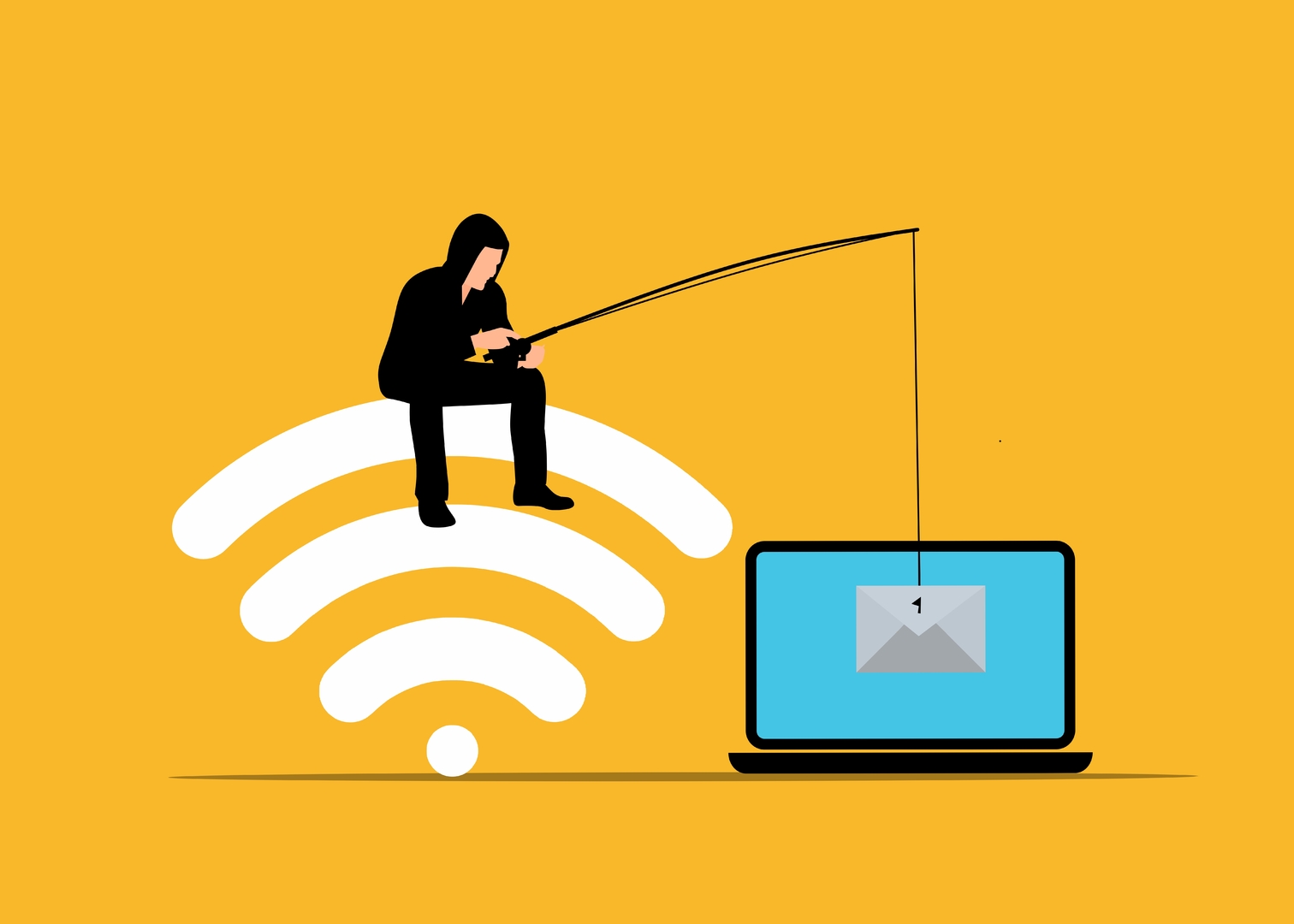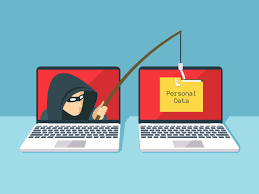
Spear Phishing on the Rise: Protect Yourself
What do you know about spear phishing? How can you protect your business? Find out in this blog post.

Cybercriminals Are Mastering Deception – Can Your Business Keep Up?
I am a prince and reaching out to you with great urgency and utmost trust regarding an estate worth $25 million. You probably guess this is from a phishing email. Well, do you know the latest strategy? Read this blog to find out

Cyber Threats to Charities: How to Stay Protected
Cyber attacker have not soft spots for charities and non profit organization. Learn how you can protect your charity in this blog post.

How to Spot a Phishing Email in Less Than 5 Seconds
How to Spot a Phishing Email in Less Than 5 Seconds Phishing emails remain one of the most dangerous tricks in a cybercriminal's toolkit. They’re smart, sneaky, and often look convincing enough to fool even the sharpest eye. But what if you could detect one almost instantly?

Don't Get Hooked! How to Outsmart Phishing Attacks
Phishing attacks are like digital fishing expeditions – attackers cast a lure (a deceptive email or message) hoping to trick recipients into revealing sensitive information or clicking on malicious links. These attacks are prevalent because they prey on human trust and inattention.

Don't Get Hooked: Phishing Simulations II
While the previous blog post served as a concise introduction, let's delve deeper into the world of phishing simulations and explore their intricacies.
